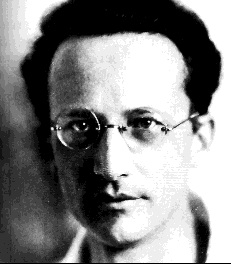The 2nd Law of Thermodynamics expresses the tendency of all nature systems to become disordered. When the requirements of a microscopic hereditary molecule are considered it must be durable enough to withstand the bombardment of activity on the subatomic level. It must be an unusually large molecule and a masterpiece of highly differentiated order.
Living systems “keep going” for much longer periods than we would expect. When an inanimate system “is isolated or placed in a uniform environment, all motion usually comes to a standstill very soon as a result of various kinds of friction; differences of electric or chemical potential are equalized, substances which tend to form a chemical compound do so, temperature becomes uniform by heat conduction. After that, the whole system fades away into a dead, inert lump of matter. A permanent state is reached, in which no observable events occur.” The physicist calls this ‘maximum entropy’.
[Ed's note: A system has increasing entropy when it becomes uniform, when that which was special and organized becomes unspecial and unorganized or disordered. If a system has low entropy, it is in a very unordered (stable) state. To move from disorder to order (from unspecial to special) requires an input of energy.]
It is by postponing this decay into maximum entropy, avoiding breakdown that distinguishes a living organism. An organism maintains its orderliness by absorbing orderly things from its environment, food in the case of animals, and sunlight in plants.


